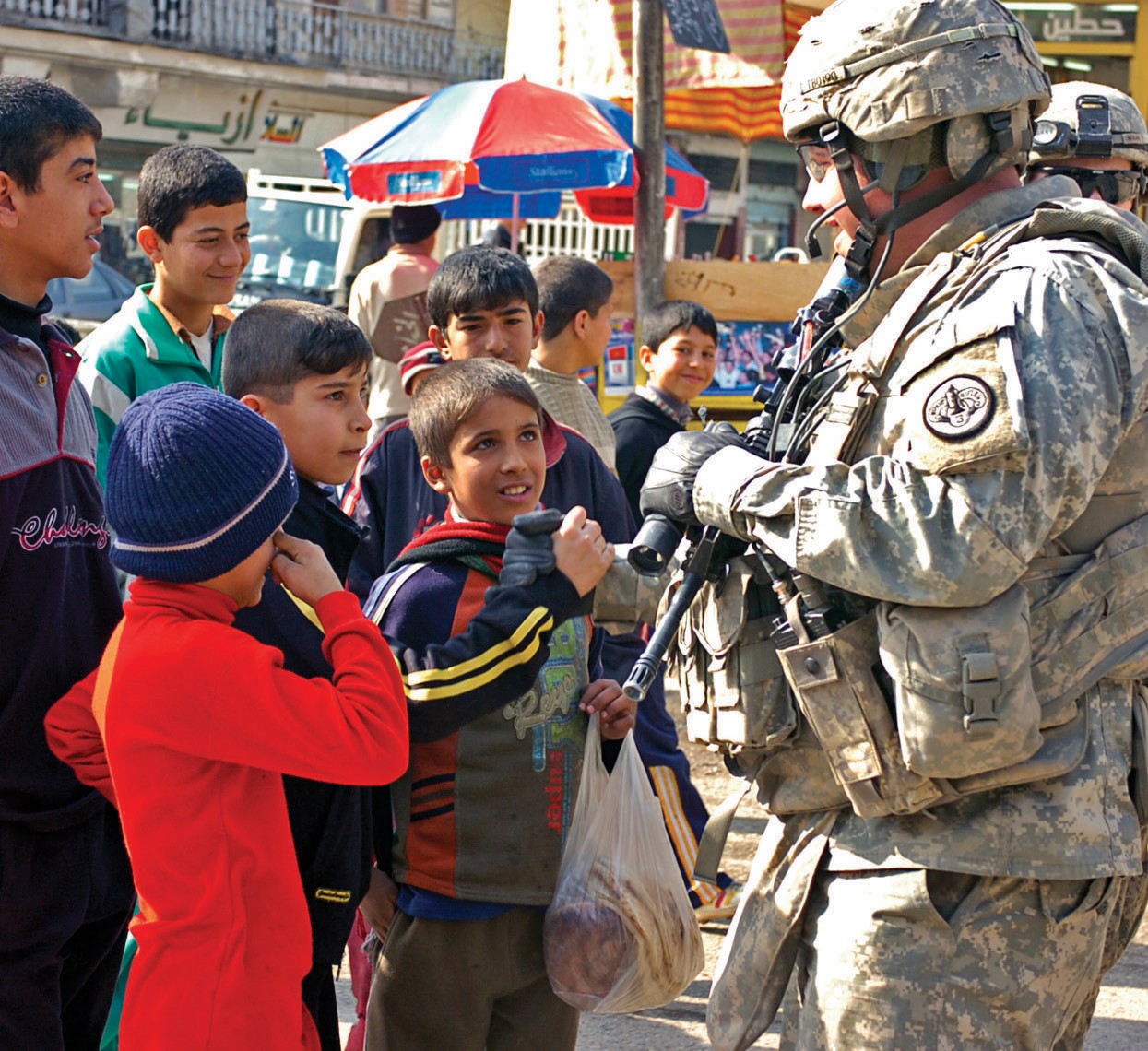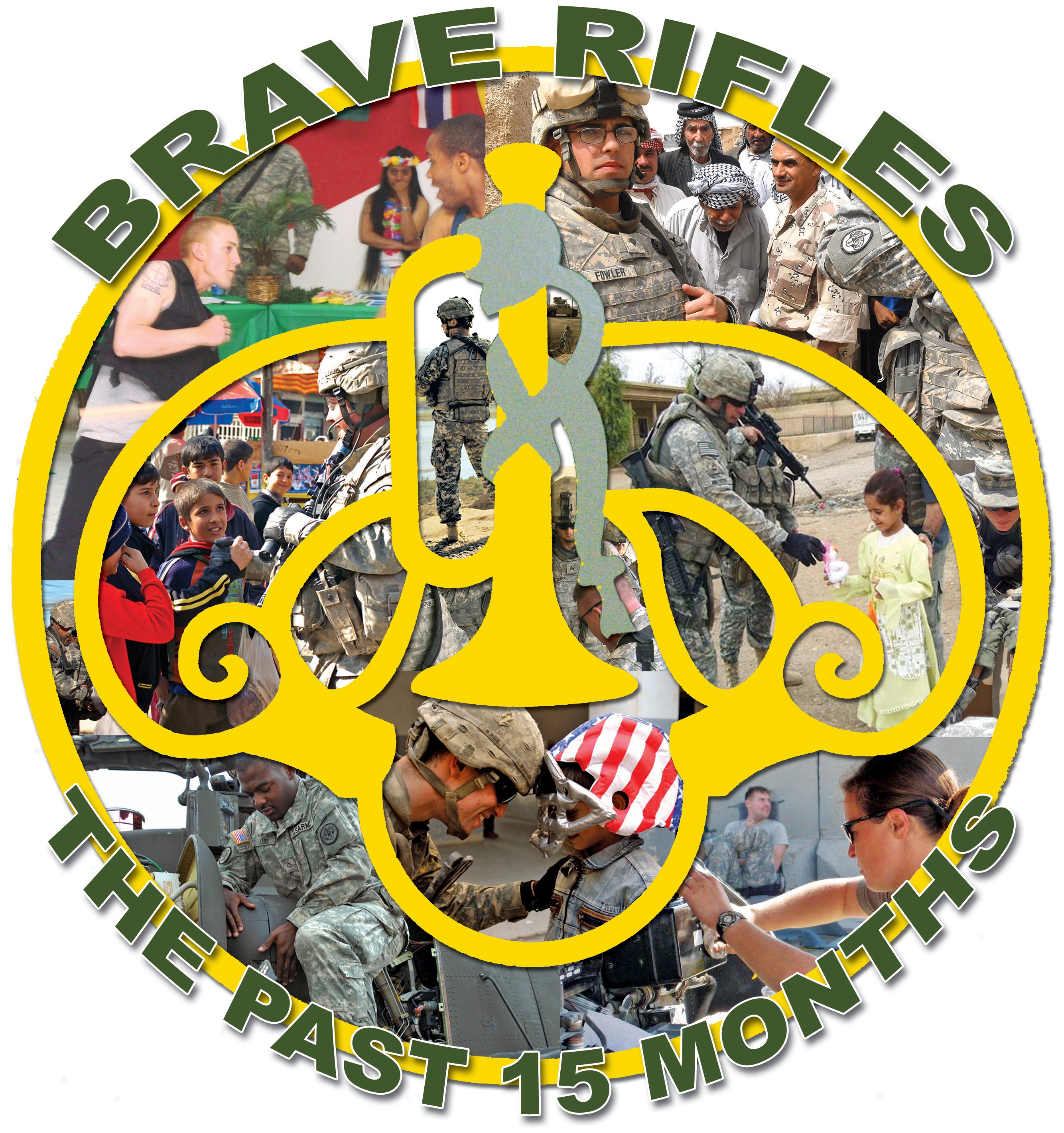FORT HOOD, Texas -- Col. Michael Bills, commander, 3rd Armored Cavalry Regiment, is unabashedly proud about the regiment's Soldiers and their performance during their 15-month deployment to Iraq.
"All heroes, every one of them," Bills said about the Brave Rifles Soldiers.
Thirty months ago, 3rd ACR moved from Fort Carson, Colo., with 439 Soldiers and no equipment.
The regiment stood up at Fort Hood in July 2006.
Shortly after arriving here, they began training for deployment. The regiment acquired equipment and Soldiers and began pre-deployment training.
Soldiers went to the National Training Center at Fort Irwin, Calif.
"It's been non-stop," Bills said.
Before they had much time to establish their role at Fort Hood, the regiment was in Iraq.
When the regiment arrived in Kuwait, Bills was informed he would lose two squadrons. His combat aviation squadron, 4th Squadron, 3rd ACR, was sent to Sadr City to provide aviation support to the 4th Infantry Division.
Sabre Squadron, 2nd Squadron, was sent to Diyala Province to support 2nd Infantry Division. Sabre Squadron rejoined the regiment in October and conducted operations
Sent to one of Iraq's most volatile areas, Soldiers from 3rd ACR worked hand-in-hand with their Iraqi counterparts to give the neighborhoods back to the Iraqis.
When the regiment arrived in the Ninewah Province in November 2007, the area was an insurgent stronghold averaging 35-40 attacks each day.
In Ninewah Province, 1st Squadron and 3rd Squadron with the support of 1st Battalion, 8th Infantry Regiment, 4th Infantry Division out of Fort Carson, Colo., were responsible for an area the size of Maryland.
Tiger Squadron, 1-3 ACR, was positioned south of Mosul along the Tigris River Valley in a support zone known to be used by "commuter terrorists" who would plan and coordinate attacks then return to their villages.
With three combat outposts along the Tigris River Valley, Tiger Squadron worked to stop the flow of insurgents through the area.
A cavalry troop from 3rd ACR was responsible for 365 kilometers of Syrian border, an area known for who would cross between Syria and Iraq to carry out insurgent attacks.
At Rabiyah, a port of entry between Iraq and Syria, Soldiers captured a number of attempted insurgent activities in Ninewah Province. Throughout the 15 months, regiment Soldiers captured about 30 insurgents.
"It was very effective," Bills said.
By the end of November 2007, 3rd ACR was established in the Ninewah Province. The province's largest city, Mosul, home to 1.7 million people, was the responsibility of 3rd Squadron, 3rd ACR.
"When we got there, al Qaeda and insurgents were embedded," Bills said.
They saw an increase in vehicle borne improvised explosive devices in the city of Mosul.
"We captured individuals and tore down cell networks," Bills said.
The troopers, with help from their Iraqi counterparts, systematically took back the city.
They established 105 checkpoints and 27 combat outposts in the neighborhoods.
Throughout the operation known as Rifles Harvest, the Brave Rifles reduced attacks to about 20 a day from April to October 2008.
"In October, we made a big push to try and defeat insurgents in the city," Bills said.
The push dropped the attacks to 10 each day, and then to single digit numbers.
And the attacks continued to dwindle as 3rd ACR set the conditions for the January elections.
Iraq became a sovereign nation Jan. 1.
"There was no violence at all on that day," Bills said. "In January, we had several days of no attacks."
A key to the dwindling violence was the cooperative efforts between American and Iraqi units.
The regiment's Soldiers lived with their Iraqi counterparts. They trained, equipped and mentored their Iraqi counterparts.
Brave Rifles Soldiers also helped with building Iraqi Security Forces.
When 3rd ACR got there, there were 35,000 Iraq Security Forces in the province, Bills said.
In eight months, the ranks rose to 71,000.
Bills said his platoon and frontline leaders were key in teaching and mentoring of the Iraqis.
"Eighty-two percent of our operations were led by Iraqis," Bills said. "We wanted the Iraqi people to see Iraqis were securing the city."
It was important the Iraqi people saw the Iraqis leading and taking an active role in the province, especially in Mosul. Bills credited the regiment in large.
"They changed the complexion of Mosul and Ninewah," Bills said. "They gave the city back to Iraqis."
Bills told the Soldiers there would be no more kicking doors down.
"I wanted to get away from explosions both day and night," Bills said.
From May through December, Iraqis did not hear explosions at night.
They saturated the city of Mosul in Iraqi Security Forces. 36,000 Iraqi Security Forces were stationed in Mosul.
"The Iraqis are taking on this role very seriously," Bills said.
From December through April, there were parts of Mosul people could not safely walk or drive through, Bills said.
Beginning in April and through the time the regiment left, markets opened and traffic became so unbearable that Iraqis complained.
Overall, the regiment contributed to 854 projects totaling $100 million that was mostly Iraqi money. The projects included agriculture, water, garbage and sewage and clean-up issues.
Electricity is an Iraq-wide problem because of the lack of power plants, Bills said.
But the regiment, along with their Iraqi counterparts, repaired five generators that had been out of service for two years at the East Mosul power plant.
Rebuilding the province's infrastructure was important, but for Bills, the regiment's biggest accomplishment was giving the neighborhoods back to the Iraqis along with the newfound freedom of movement and ability to travel, especially in Mosul.
Back at Fort Hood, the regiment is working on its footprint.
Family members and friends will get a better view of the deployment when the 3rd ACR museum opens near the 4th Infantry Division Museum.
Bills said it is difficult getting used to not working 16-17 hour days.
"It's hard to wind down," he said.
Bills was able to lead the regiment, in part, because of his effective rear detachment.
"The Rear Detachment did a great job," Bills said. "They enabled me to focus forward."
By keeping the regiment running at Fort Hood and Families informed, the 3rd ACR Soldiers in Iraq were able to focus on their mission without being overly worried about their Families at home.
"The Families have been phenomenal," Bills said.
Monthly VTCs, Town Halls and a strong push to get information to Families kept Families in touch with their Soldiers.
Right now, Bills wants the regiment Soldiers to focus on their Families and reintegration.
"It's time now to get back to the Families," Bills said.




Social Sharing